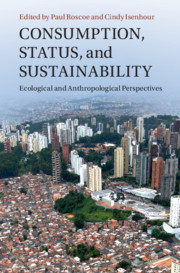Family feasting during the Spring Festival is a Chinese tradition. However, close contact during this period is likely to promote the spread of coronavirus disease 2019 (COVID-19). This study developed a dynamic infectious disease model in which the feast gatherings of families were considered the sole mode of transmission. The model simulates COVID-19 transmission via family feast gatherings through a social contact network. First, a kinship-based, virtual social contact network was constructed, with nodes representing families and connections representing kinships. Families in kinship with each other comprised of the largest globally coupled network, also known as a clique, in which a feast gathering was generated by randomly selecting two or more families willing to gather. The social contact network in the model comprised of 215 cliques formed among 608 families with 1517 family members. The modelling results indicated that when there is only one patient on day 0, the number of new infections will reach a peak on day 29, and almost all families and their members in the social contact network will be infected by day 60. This study demonstrated that COVID-19 can spread rapidly through continuous feast gatherings through social contact networks and that the disease will run rampant throughout the network.


